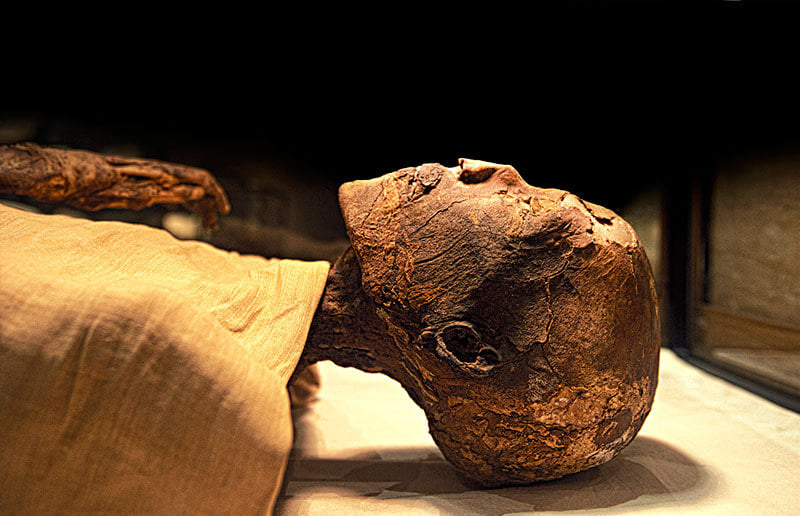Unveiling the Mummy of Ramesses IV: A Glimpse into Ancient Egypt’s Royal Past
The Mummy of Ramesses IV, dating back to the New Kingdom’s 20th Dynasty during the Ramesside Period, offers a fascinating glimpse into the world of ancient Egypt. This well-preserved relic from the past, currently housed in the Egyptian Museum in Cairo, sheds light on the life and death of one of Egypt’s pharaohs, Ramesses IV, who reigned approximately from 1155 to 1149 BC. In this article, we delve into the historical significance of this mummy and the insights it provides into the culture and rituals of ancient Egypt.
Ramesses IV, originally named Heqamaatre Setepenamun, ascended to the throne during a tumultuous period in Egypt’s history. His reign marked the end of the powerful Ramesside Dynasty, which had seen Egypt at its zenith under rulers like Ramesses the Great. Despite the challenges he faced, Ramesses IV played a crucial role in maintaining Egypt’s stability and heritage.
Mummification was a sacred and intricate process in ancient Egypt, reserved primarily for the elite and pharaohs like Ramesses IV. The meticulous preservation of the body was believed to ensure a successful journey to the afterlife, where the deceased would reunite with their ka (life force) and enjoy an eternal existence.
The process involved various steps, including the removal of organs, desiccation, and the application of natron (a type of salt) to dry out the body. The body was then wrapped in linen bandages, with protective amulets and charms placed between the layers. Finally, a death mask was crafted to resemble the deceased’s face, often made of materials like wood or cartonnage, an ancient type of papier-mâché.
The mummy of Ramesses IV, like other royal mummies, was adorned with a gilded death mask featuring the pharaoh’s idealized likeness. The mask was designed to help the pharaoh recognize his body and regain his earthly form in the afterlife. Hieroglyphics and inscriptions on the mask provided essential prayers and incantations to aid in the journey to the next world.
The mummy itself is a testament to the skill of ancient Egyptian embalmers. Its well-preserved state allows modern archaeologists and historians to study the physical characteristics of Ramesses IV and gain insights into his health, age, and possibly even the cause of death. Advanced imaging techniques and non-invasive studies have provided valuable information about the pharaoh’s life and death.
The Mummy of Ramesses IV provides a direct link to the past, offering historians and Egyptologists a unique opportunity to learn about the life and times of this pharaoh. Through careful examination of the mummy, researchers have uncovered details about Ramesses IV’s physical condition, potential illnesses, and even the mummification techniques of the time.
Moreover, the mummy serves as a poignant reminder of the enduring beliefs and customs of ancient Egypt. The meticulous care taken in preserving the body and crafting elaborate burial items underscores the importance of the afterlife in Egyptian religion and culture.
In conclusion, the Mummy of Ramesses IV stands as a remarkable archaeological and historical artifact, offering a tangible connection to the pharaohs of ancient Egypt. It serves as a testament to the rich traditions, beliefs, and expertise of this ancient civilization, inviting us to delve deeper into the mysteries of their fascinating past.
Hits: 8



